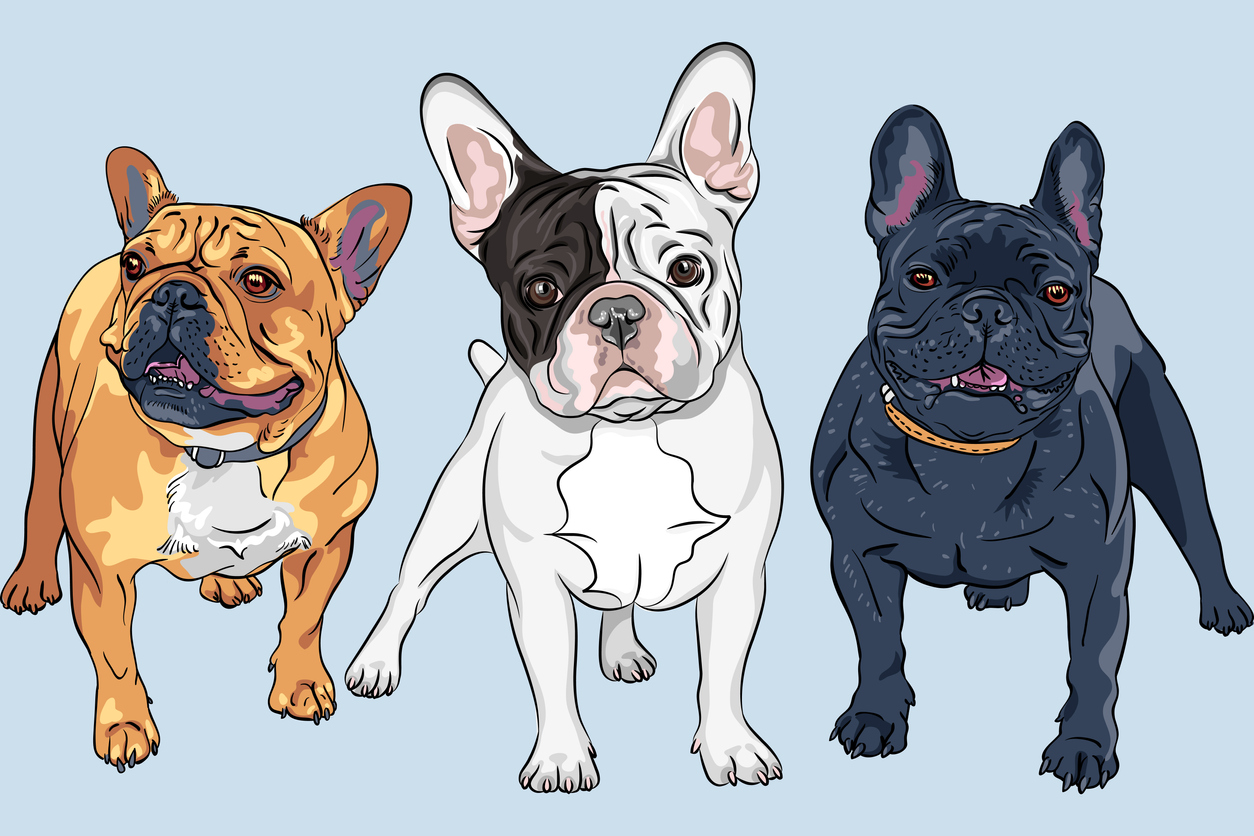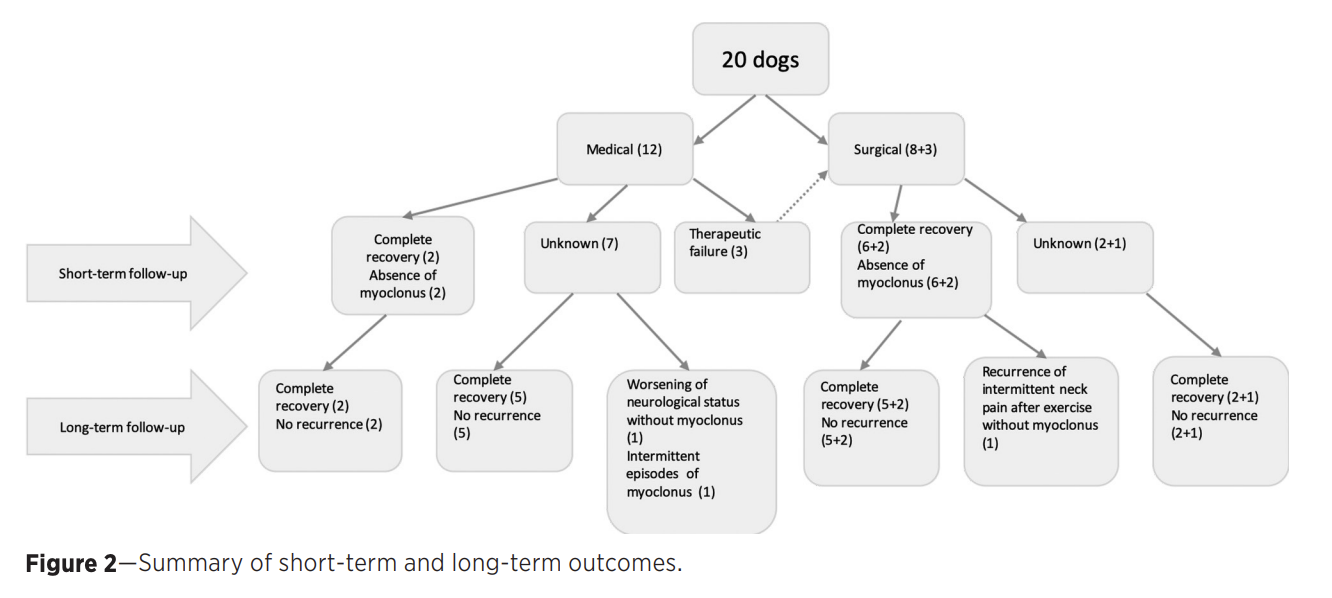Laurie's Blogs.
May 2023
You’re a Cervical Jerk! No, You Are!

I came across an interesting abstract that caught my attention. It was about Cervical Jerks in dogs. Check it out, and then let’s discuss:
Olender M, Couturier J, Gatel L, Cauvin E. Cervical jerks as a sign of cervical pain or myelopathy in dogs. J Am Vet Med Assoc. 2023 Feb 2;261(4):510-516.
OBJECTIVE: To describe and classify cervical muscle jerks associated with cervical pain or myelopathy and evaluate their clinical and diagnostic relevance.
ANIMALS: 20 dogs with a history of unilateral or bilateral cervical jerks associated with cervical pain or myelopathy.
PROCEDURES: A retrospective study. Detailed history, complete clinical and neurological examinations, CT studies, and outcome were available for each dog. All dogs received a treatment adapted to each diagnosis. The presence or absence of jerks was evaluated at short- and long-term recheck examinations. An immediate postoperative CT scan was obtained for all cases that were treated surgically.
RESULTS: 20 dogs were selected for the study, 13 of which were French Bulldogs. Jerks all presented as focal repetitive rhythmic contractions on the lateral aspect of the neck (on one or both sides). All dogs had a diagnosis of cervical intervertebral disk extrusion (IVDE), half of them at the C2-C3 level. No dogs presented with extrusion caudal to the C4-C5 intervertebral disk space. The prevalence of myoclonia among all dogs diagnosed with IVDE was 3.77% (20/530) in our hospital.
CLINICAL RELEVANCE: Cervical jerk associated with cervical pain or myelopathy may represent myoclonus and was exclusively secondary to cranial cervical IVDE in this study. Full recovery was observed following medical or surgical treatment of IVDE. The exact origin and classification of this involuntary movement has yet to be established.
Thoughts:
For the most part, this paper makes good sense. Dogs with ‘neck jerks’ (i.e. muscle spasms, muscle fasciculation, involuntary muscle activity, myokymia, myoclonus) were found to have IVDD in their cervical spine.
Digging through the paper, the dogs were all referred by general practitioners for 1 or more of the following complaints: cervical pain, low head carriage, difficulties walking, spontaneous vocalization, and cervical jerks. Personally, I would have liked more information on the assessment of neck pain. Did they all have a physical exam that confirmed neck pain?
It was reported that the prevalence of myoclonia among all dogs diagnosed with IVDE was 3.77% (20/530) in this referral hospital. The prevalence of myoclonia in all French Bulldogs diagnosed with IVDE was 7.92% (13/164).
Outcomes:

And just because it’s a subject that I care about, the paper made mention that, “Regarding medically treated dogs, 1 dog suffered from deterioration of its neurological status (without myoclonus) and was treated medically (treatment not known) and with physiotherapy. This dog eventually made a gradual but complete recovery.” Now I want to know what was done for physio? Just neuro-based rehab or treatment to the cervical spine as well?
The paper was not able to identify (as in, it wasn’t studied because this was a retrospective study) which muscles were affected / causing the muscle jerk.
The concluding statement in the paper is the take away for all:
“In conclusion, cervical muscular jerks, suspected to represent myoclonus, are a rare clinical presentation of cervical IVDE and were not encountered with any other disease in this location in our study. Further studies are needed to determine the exact origin of these involuntary movements and detail electrodiagnostic characteristics to understand pathophysiology.”
Honestly, I dove into the paper expecting to be able to punch some holes through it, but I came away thinking that this is a very good paper introducing the concept of myoclonus with disc pathology. So, I hope everyone else found it just as interesting as I did. Perhaps more importantly, start treating those dogs with the weird head movements with manual therapies and laser… and perhaps we can have an impact before more invasive measures are required!


